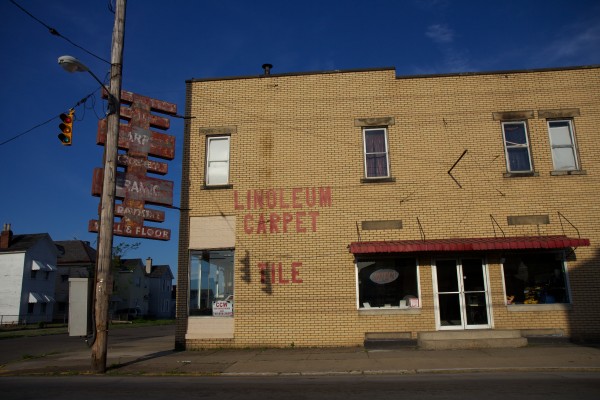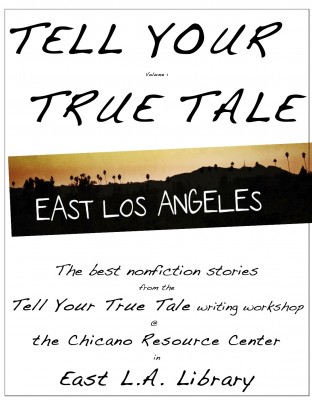In Chillicothe, Ohio, the way I understand it, school janitors are heroes.
Many kids are growing up in families of addicts and have no place to go, their home studded with neglect and jagged edges; so they hang around after school. There, janitors have befriended them, bringing them food,  giving them a sober adult to talk to and a calm place to hang out.
giving them a sober adult to talk to and a calm place to hang out.
My family and I spent Thursday in Chillicothe, a southern Ohio town (pop. 21,000) bedeviled, as so many are, by the opiate-addiction epidemic.
I spoke all day long – a radio interview at 6:30 am, meetings with three groups through the day, and a 7 pm public talk at the Majestic Theater, the oldest (1853), continuously operated theater in America. Yet by the end I wasn’t exhausted; I was instead exhilarated by the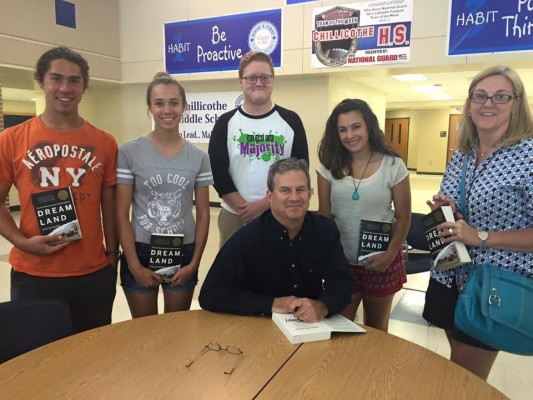 electric, intense response of people I met.
electric, intense response of people I met.
That’s how it’s been everywhere lately.
Writing Dreamland wasn’t arduous; it was engrossing. But it was also about a tough topic in which the worst of human behavior was on display. So I’m thrilled to see towns like Chillicothe using the book to come together, form alliances, leverage talent, talk about this problem in a way that hasn’t happened before, and do something hopeful.
Heroin seems to be having the opposite effect in Chillicothe that it has on users. If heroin isolates addicts into self-absorption and hyper-consumption, the drug also seems to be bringing people together to fight against it. I see this elsewhere as well and that’s encouraging. I know the problem is big. A new sporting-goods store delayed its opening in Chillicothe for months, I’m told, because it couldn’t find enough workers that could pass a drug  test.
test.
I wish I had a better answer to those who asked what to do about families where drug addiction is now generational, where the grandparents on down are using, where great-grandparents are raising their grandchildren’s kids. Kentucky Gov. Matt Bevin, the day before in Louisville, told me that his state is on the verge of losing an entire generation, swallowed up in a morass of dependence, unemployment and now opiates. Kentucky has more able-bodied, working-age people who aren’t working than those who are, he said. That feels scary.
Heroin, it seems, is the final nausea to afflict small towns and rural communities already crushed by the farm crisis, downsizing, outsourcing, the loss of local retail, depopulation, and more. It seems that heroin has  pushed many places to a life-or-death moment.
pushed many places to a life-or-death moment.
Knowing that, though, I also can’t help but recognize the energy I’ve been encountering in the people I meet.
In manufacturing, as I understand it, innovation happens through immersion in the work, people knowing the production process so well that together they find new, small, better ways to improve on how to make something.
Fighting heroin, I believe, is the same. When people come together, work together, knowing their community and its problems, when they leverage their talents and energies, the solutions specific to that place will emerge. I believe that.
And just as manufacturing processes improve incrementally, in small steps, so this problem has no sexy silver 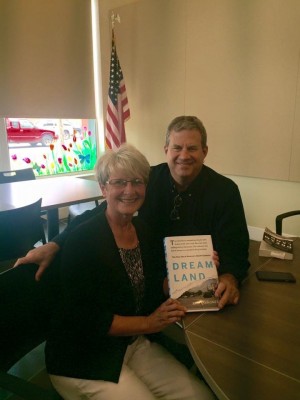 bullet, I suspect, but will be best fought with a combination of tiny efforts, many partial solutions, none of which is perfect, but together amount to something powerful. That’s good. Haven’t we had enough, after all, of the one sexy solution to solve all our problems: Didn’t `one pill for all people and every kind of pain’ do enough damage?
bullet, I suspect, but will be best fought with a combination of tiny efforts, many partial solutions, none of which is perfect, but together amount to something powerful. That’s good. Haven’t we had enough, after all, of the one sexy solution to solve all our problems: Didn’t `one pill for all people and every kind of pain’ do enough damage?
While I was writing Dreamland, people seemed to work in isolation, cut off from each other. Parents of addicts seemed hidden, silent. That’s the biggest change I’ve seen. People have now started talking about this issue, forming new alliances, comparing notes.
In Chillicothe, we stayed in the Carlisle, a beautiful brick building, restored after many years empty due to a fire. A hospital group decided to move into downtown and refurbish the building, believing apparently that it served the community best by being part of the revival of its core. The Majestic Theater will soon get a renovation. Luckily, the town never tore down its old beautiful brick buildings, which are being repurposed. New retail businesses are opening downtown. A t-shirt shop sells shirts of companies that have left town. My daughter now has a shirt proclaiming “Chillicothe, Ohio.” So the town seems to be rebounding, even as it battles this debilitating scourge. Maybe that’s the story – complicated, and not easily or neatly told.
I want to thank the people of Chillicothe for so hospitably welcoming my family and me. Thanks to Hudson Ward, at the Carlisle.
Thanks especially to Nick Tepe, the county’s head librarian, for organizing folks to bring us to town. Librarians ought to be playing exactly this kind of role in communities, and Ross County, Ohio seems to be blessed with a talented one.
Next, I’m heading to Knoxville, for the International Tuba and Euphonium Conference. And from there to Springfield, IL to speak to a conference of that state’s rural hospitals.
Meanwhile, Chillicothe had an annual street fair going while we were there, known as The Feast:


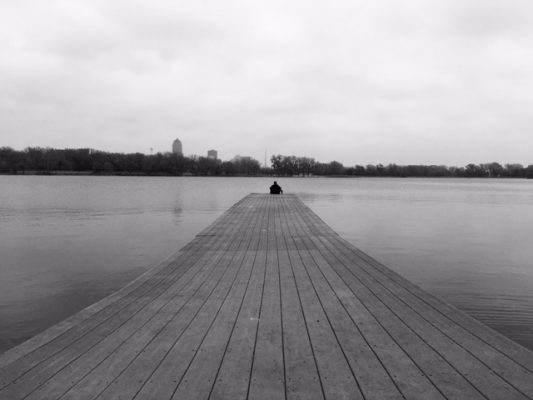


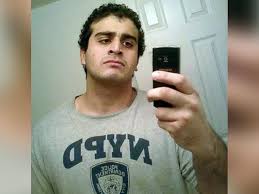
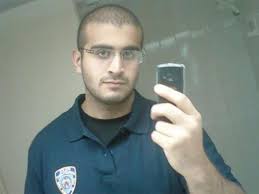
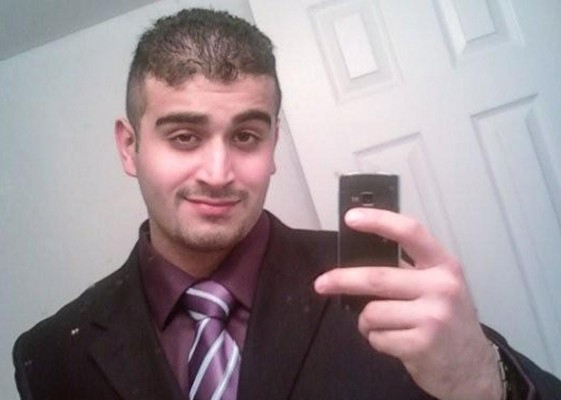





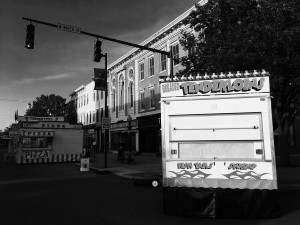
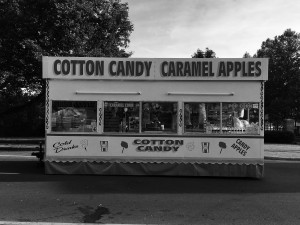
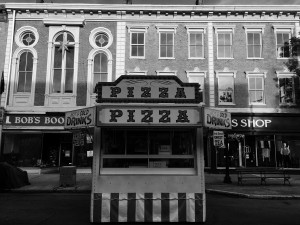
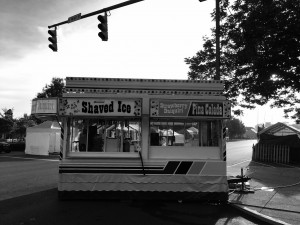
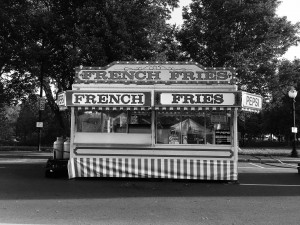
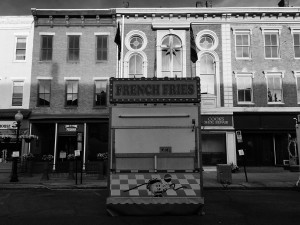
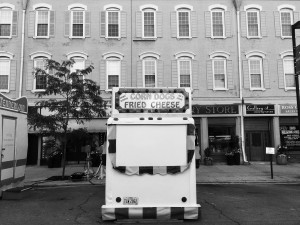
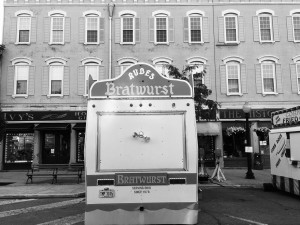
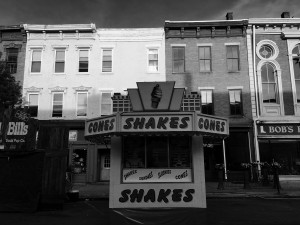
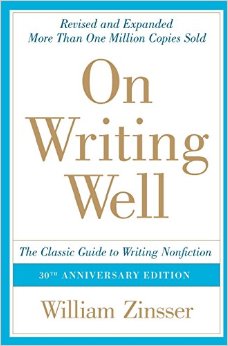
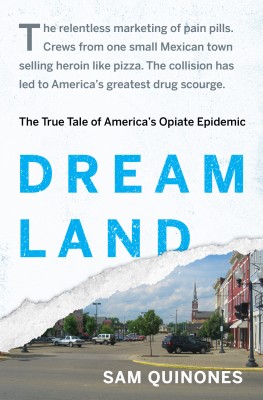
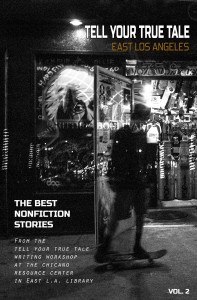

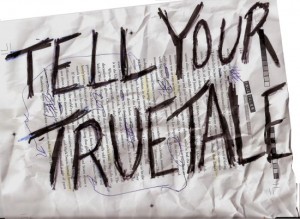


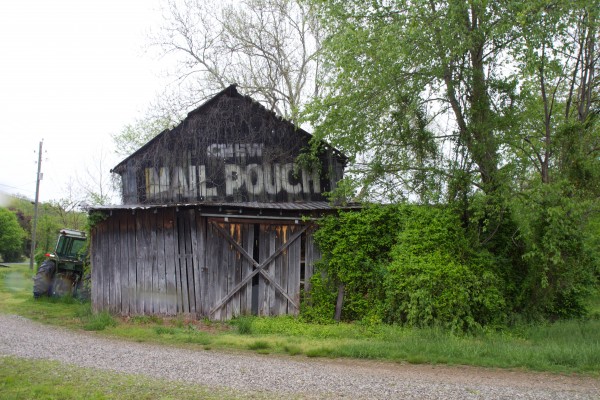 Opiate Epidemic.
Opiate Epidemic.